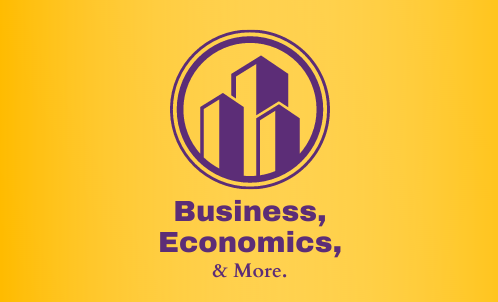Photo Credit: Evan Brooks
While not everyone’s cup of tea, it is imperative to at least know the basics of economics, especially when it comes to how economic policies can impact your day-to-day life. Two such policy routes taken by the federal government, and subsequently the Federal Reserve (FED), are monetary policy and fiscal policy. Both have their uses, and both can be put into play by different entities. Both policies were used when COVID-19 was still raging, and are being used now in order to reduce the inflation rates.
Monetary Policy
Monetary policy is made up of tools that can be utilized by the FED within the United States. The actions the FED takes aim to promote the maximum level of employment, which is unique to the U.S. FED. It also aims to ensure prices that have been impacted by inflation are stable long-term, something the FED is currently trying to correct. The FED also tries to ensure interest rates are stable or moderate in the long-term.
Above are the main goals of monetary policy, but it actually amounts to the FED controlling the supply of money within the general economy. A cause for inflation, for example, would be there is too much money within the economy, devaluing the currency, and driving prices for goods and services up. But what are the tools of monetary policy?
The FED, in using monetary policy, can do a number of things to control the supply of money within the economy. Probably the most well-known tool would be setting interest rates. Through the FED raising interest rates, there will be less incentive for banks and individuals to borrow money and more incentive to save. By saving instead of borrowing, less money is put into the economy, hopefully lowering inflation rates. The alternative would be lowering interest rates to increase borrowing and spending, all to try and drive economic growth. An example of why the FED may lower interest rates would be to increase spending in times of uncertainty or economic crisis, like during the height of the pandemic. Another tool the FED could use is raising or lowering the percent of funds a bank has to hold in its possession. When that percentage is lower, the bank will lend more, and when it rises, the opposite will occur.
There are other aspects regarding monetary policy, but the summary is that the Federal Reserve of the United States has tools to increase or decrease the amount of money within the economy. This is done in an attempt to keep a stable economy, maintain prices and promote job growth.
Fiscal Policy
Next is fiscal policy, which is driven by Congress and the current administration within the White House. Fiscal policy is similar to monetary policy, as it also aims to promote economic growth. The economy of the U.S. is driven by consumer spending, making fiscal policy focus largely on getting Americans to spend.
A way fiscal policy can attempt to encourage consumers to spend more — to positively impact Gross Domestic Product (GDP) — is by giving money back to the consumer through tax cuts, adjusting tax rates and by spending less as a government so they do not have to raise taxes in the first place. This is a cut down version of what fiscal policy encompasses, but when the government wishes to aid in the expansion of the economy it will seek expansionary fiscal policy. Expansionary fiscal policy, more often than not, aims at either giving money back to Americans or investing money into areas that will yield economic growth, like education, which would yield long-term economic growth.
Overall, both monetary and fiscal policy aim to aid the economy when there is a crisis and provide a boost when the economy is in a period of stability and can grow.
Evan Brooks is a fourth-year Business Management major with minors in Economics and Civic and Professional Leadership EB916132@wcupa.edu.

